by Redazione , published on 09/11/2018
Categories: News Focus
/ Disclaimer
Opening at the Palazzo Reale in Genoa is the exhibition Maragliano 1664-1739. The Spectacle of Wood Sculpture in Genoa, the first monographic exhibition on Anton Maria Maragliano, a great 17th-century Genoese sculptor, curated by Daniele Sanguineti. Here are exclusive preview photos.
The first monographic exhibition dedicated to Anton Maria Maragliano (Genoa, 1664 - 1739) opens on November 10, 2018 in Genoa’s Palazzo Reale, entitled Maragliano 1664-1739. The Spectacle of Wood Sculpture in Genoa. An important exhibition, curated by Daniele Sanguineti with the direction of Luca Leoncini, unfolds in the halls of the Teatro del Falcone, where for the first time it will be possible to admire, in a dedicated exhibition context, the masterpieces of the greatest wood sculptor in seventeenth- and eighteenth-century Liguria (as well as among the first in Italy and Europe), capable of bringing to life spectacular machines and scenes full of pathos. Maragliano’s works are placed in comparison with each other as well as with other artists of the time (models and heirs), for an in-depth study of great depth. The exhibition runs until March 10, 2019.
“This is a very complex exhibition,” stresses Serena Bertolucci, director of the Royal Palace, “both from an organizational point of view and in terms of content, but we wanted to make it as a gift from the Royal Palace to Genoa. It was a challenging project; there are seventy works coming in from many different lenders in the exhibition. Moreover, it wants to be an exhibition of the city and in which the city should recognize itself. We also thought of a collaboration with AMT, the transportation company of Genoa, to spread culture by making the buses of Genoa become means of promotion, and also the public transportation tickets themselves. Each of us is called to be a vehicle of culture. I hope that the people of Genoa will also take the opportunity of this exhibition to learn more and more about the beauty of our city.”
“The exhibition,” explains Daniele Sanguineti, "begins like a traditional exhibition (this is the first monographic exhibition dedicated to this great sculptor, given also the critical misfortune that has befallen wood sculpture), that is, in a chronological sense, with a first section that recounts the precedents of seventeenth-century sculpture within which Maragliano grows up, which he sees and studies, and then the turning point thanks to something that still escapes us, because in reality, according to what Maragliano’s biographer, Carlo Giuseppe Ratti, tells us in 1769, Maragliano never left Genoa. Perhaps he really did, perhaps others (such as Domenico Piola or Filippo Parodi) left Genoa for him, bringing to Genoa all that he needed to know. The lofty language that he can understand to progress from the Bisson tradition is that of modern culture, now rooted in Genoa, namely that of Piola and Parodi, which conveys the Bernini language that took root in Genoa and remained for many decades. The beginning of the exhibition gives an account of the precedents, then continues with a section devoted to Maragliano’s places (known documents such as the supplication to the Senate, and the commission contracts were displayed) and with the earliest known works, the 1694 San Michele Arcangelo of Celle Ligure and the 1700 San Sebastiano of Rapallo, works that serve to demonstrate the reference models (the St. Michael the Archangel took its cue from the altarpiece that Gregorio De Ferrari made around 1682, and the Rapallo St. Sebastian, on the other hand, takes up the marble colossus that Puget made for Sauli in about 1664-1668). After this section we interrupt the chronological sequence and make the works dialogue by inserting, connecting and above all concentrating them, reiterating the iconographies (a forest of Christs, a core of Madonnas, a set of groups that served for Holy Week and narrate the Passion of Christ): the exhibition thus also creates an enormous concentration of emotions. I therefore invite you to experience this emotion."
“It is a project that the museum has had in store for many years,” says Luca Leoncini, “and it is fortunate to be able to count on such a long and such a careful study as the one from which the exhibition starts. This is a very courageous idea, let me say: there are seventy works coming from all over Liguria and Lower Piedmont, and for some processional chests it took a whole day to disassemble them in the oratories where they were and it took another day to reassemble them in the venue of the Falcone Theater. There were two companies of transporters’ vehicles, and the transports were overseen by Nino Silvestri, a specialized restorer who had already worked on some of these works. There was a very complex convergence of presences of transporters, restorers and officials of the Superintendence, an important set of organizational skills. The exhibition is a unique and unrepeatable event: it took four weeks just to set it up, and moreover with weather that was certainly not favorable. Even the set-up had to continually adapt to unforeseen events, and it was a big effort: we are tried but happy, and confident that the combination of these works will enhance not only Maragliano but all wooden sculpture. Finally, the exhibition leaves the exhibition venue, and thanks to the collaboration of the curia, it is possible, through a structured itinerary, to see other Maragliano works, sacred chapel theaters that none of us thought of removing from their place of origin, in Genoese churches.”
We were at the preview of the exhibition and present below some images of the review at the Royal Palace. An in-depth review will follow in the coming weeks. For more information about the exhibition we refer you to this article.
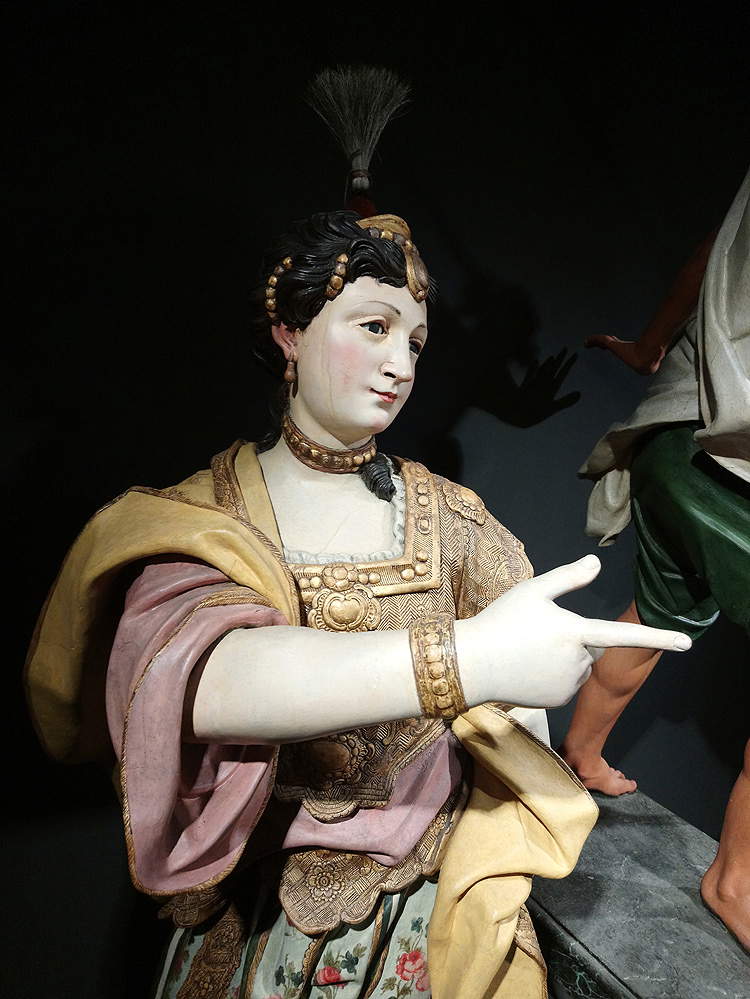 |
| Images from the exhibition Maragliano 1664-1739. The spectacle of wood sculpture in Genoa |
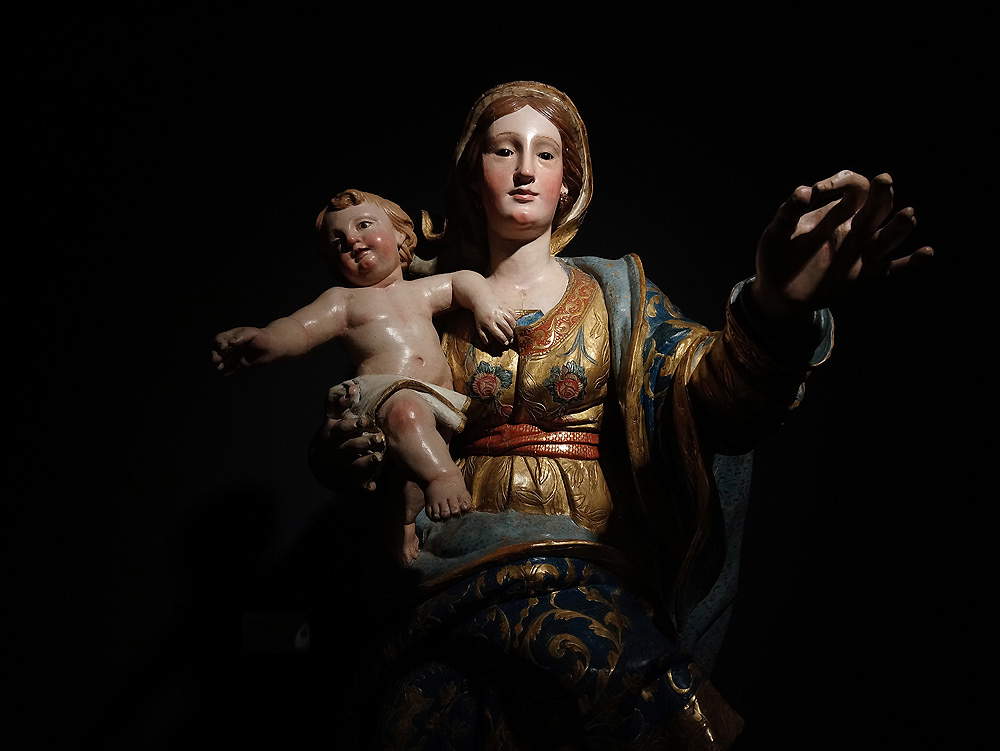 |
| Images from the exhibition Maragliano 1664-1739. The spectacle of wood sculpture in Genoa |
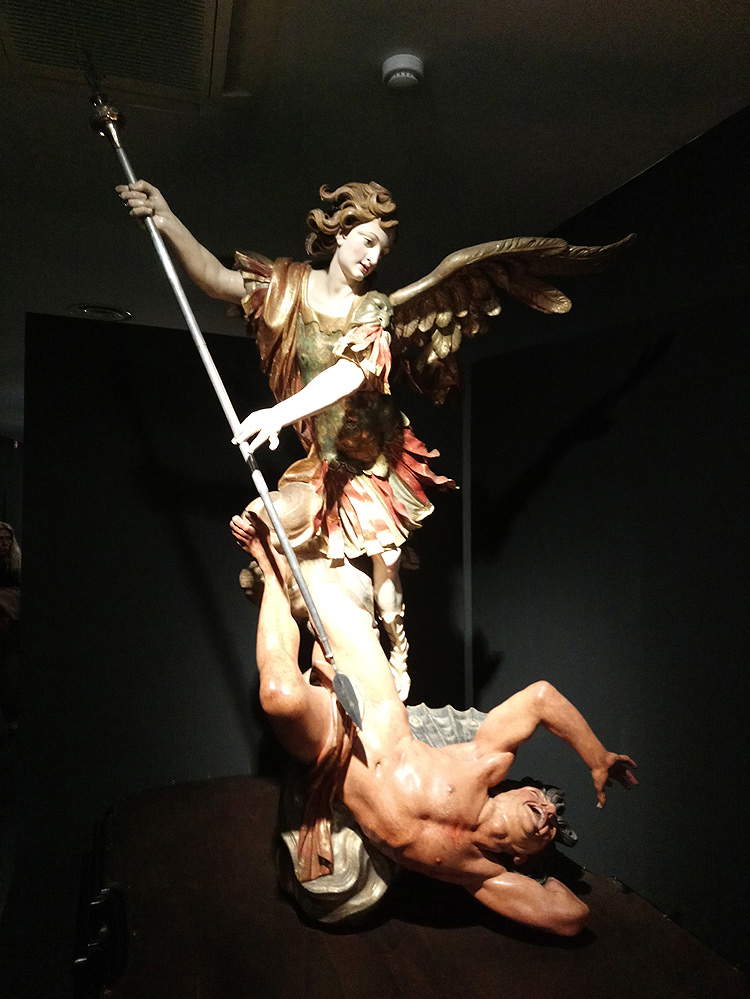 |
| Images from the exhibition Maragliano 1664-1739. The spectacle of wood sculpture in Genoa |
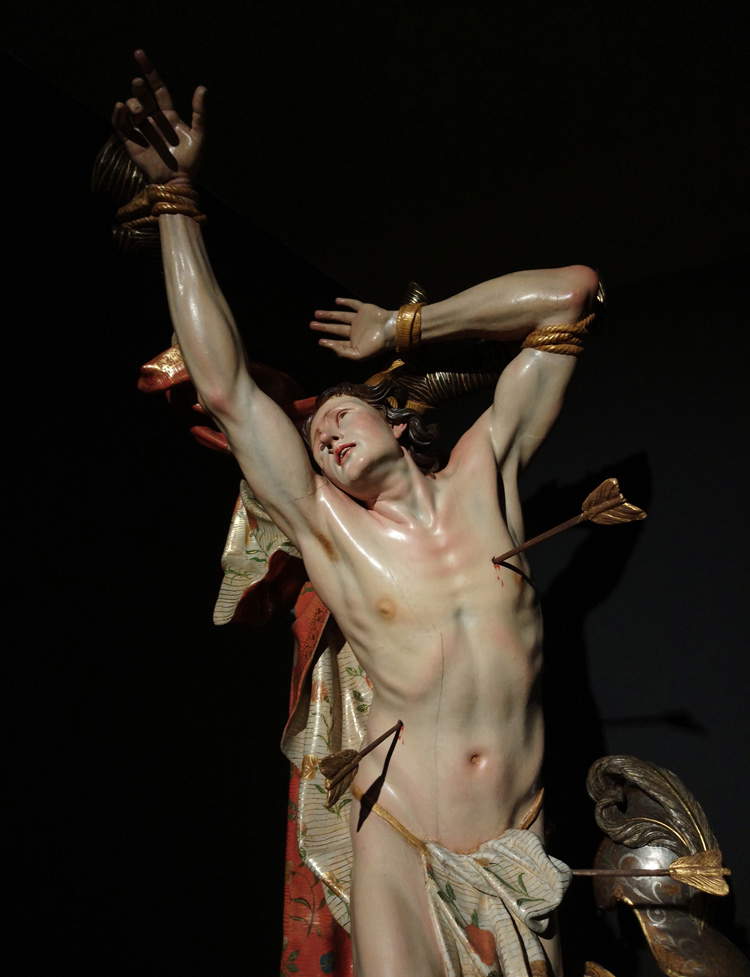 |
| Images from the exhibition Maragliano 1664-1739. The spectacle of wood sculpture in Genoa |
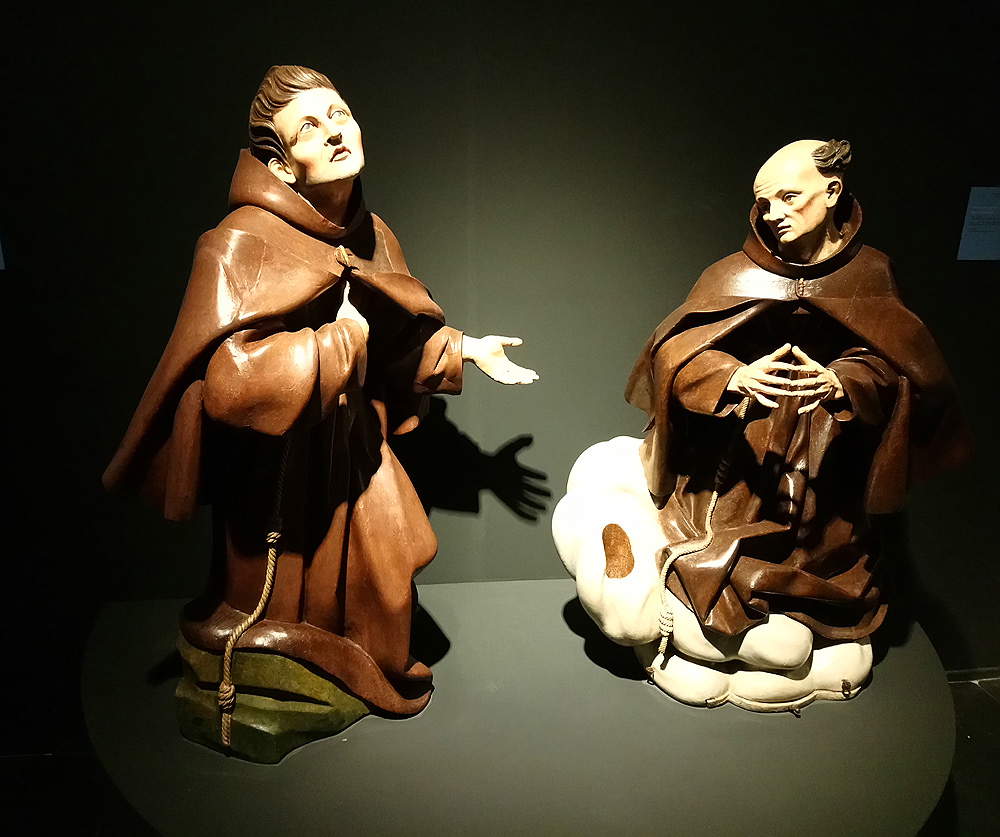 |
| Images from the exhibition Maragliano 1664-1739. The spectacle of wood sculpture in Genoa |
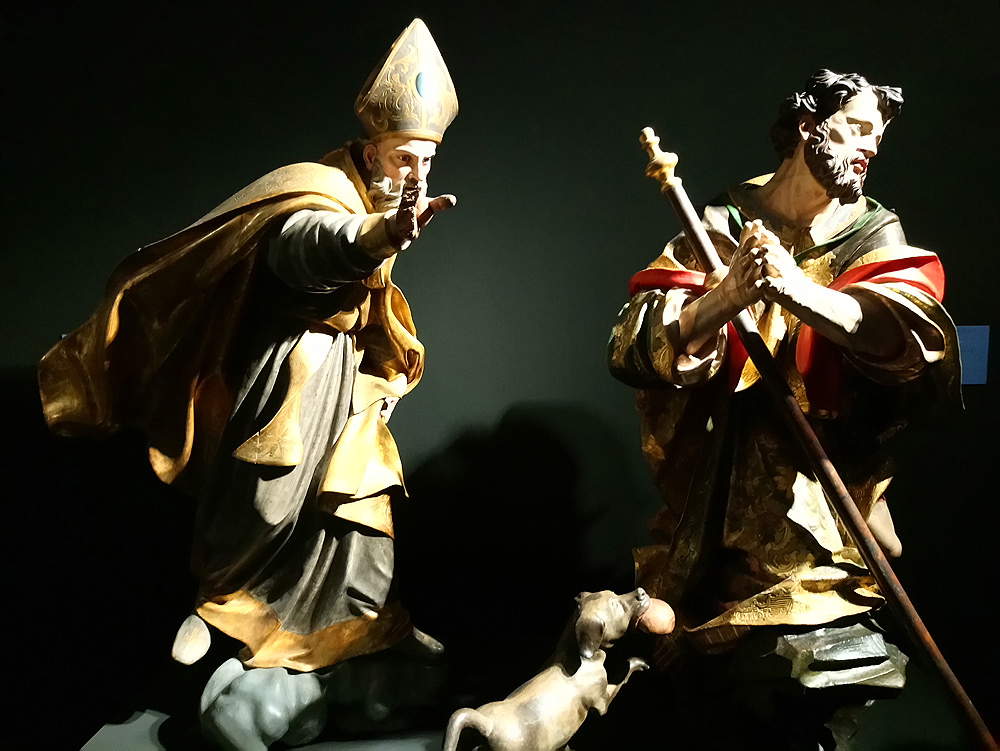 |
| Images from the exhibition Maragliano 1664-1739. The spectacle of wood sculpture in Genoa |
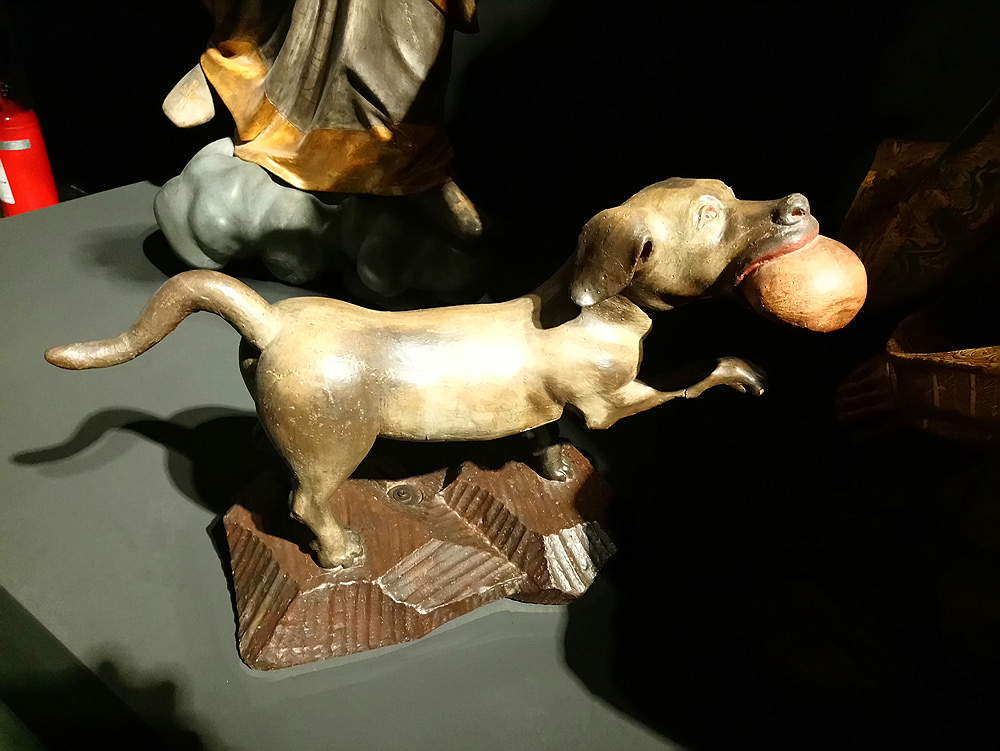 |
| Images from the exhibition Maragliano 1664-1739. The spectacle of wood carving in Genoa |
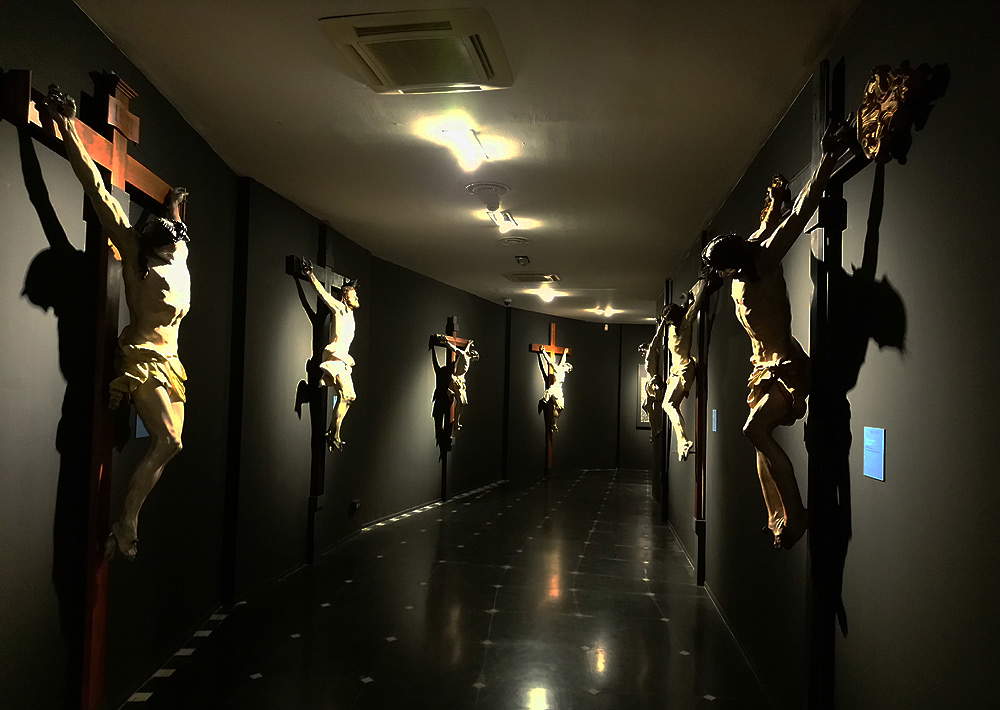 |
| Images from the exhibition Maragliano 1664-1739. The spectacle of wood carving in Genoa |
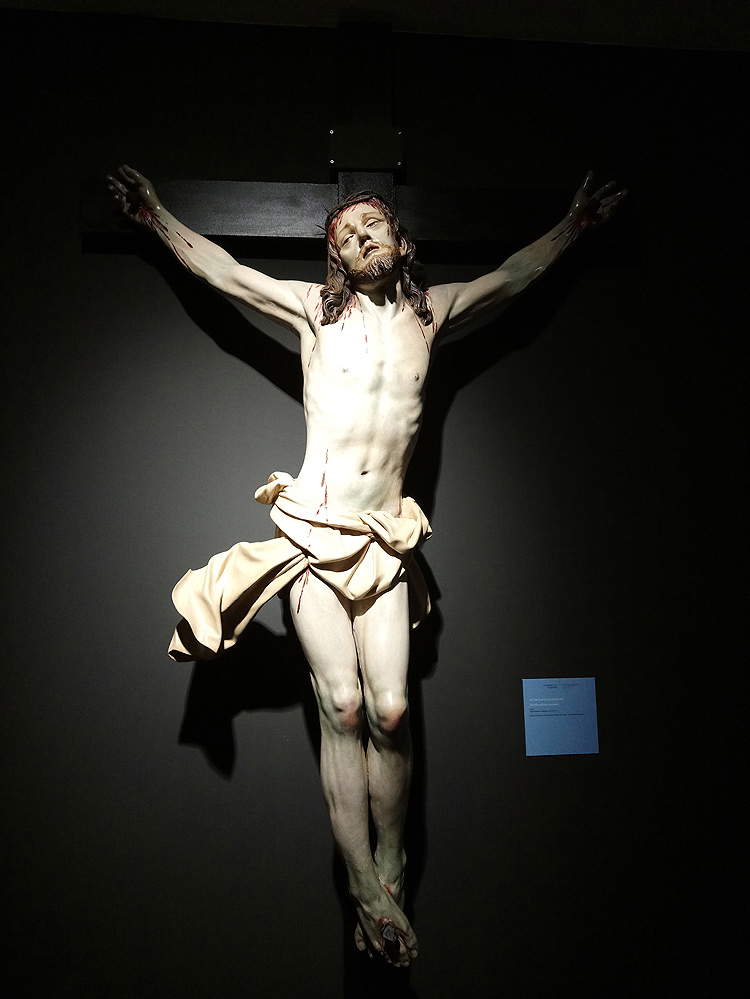 |
| Images from the exhibition Maragliano 1664-1739. The spectacle of wood carving in Genoa |
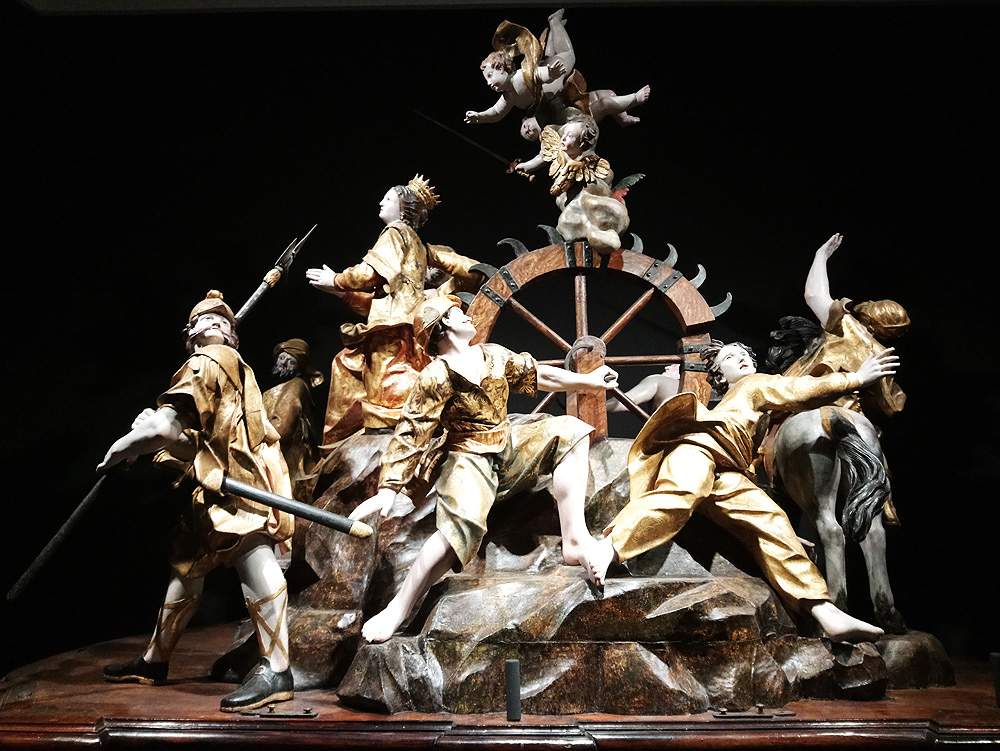 |
| Images from the exhibition Maragliano 1664-1739. The spectacle of wood carving in Genoa |
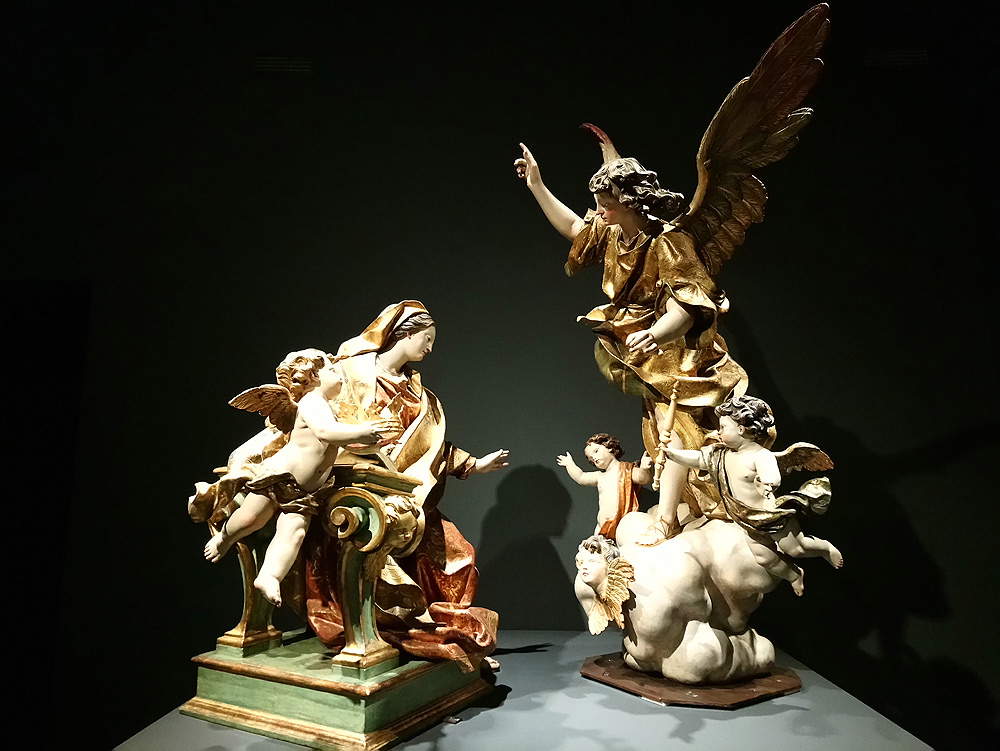 |
| Images from the exhibition Maragliano 1664-1739. The spectacle of wood carving in Genoa |
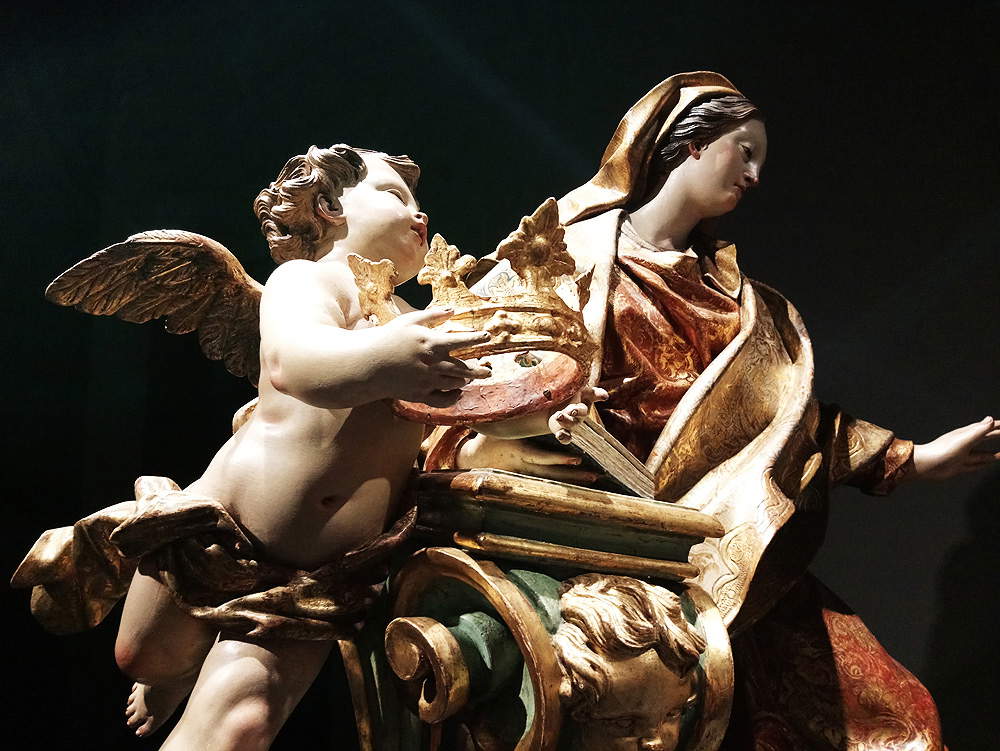 |
| Images from the exhibition Maragliano 1664-1739. The spectacle of wood carving in Genoa |
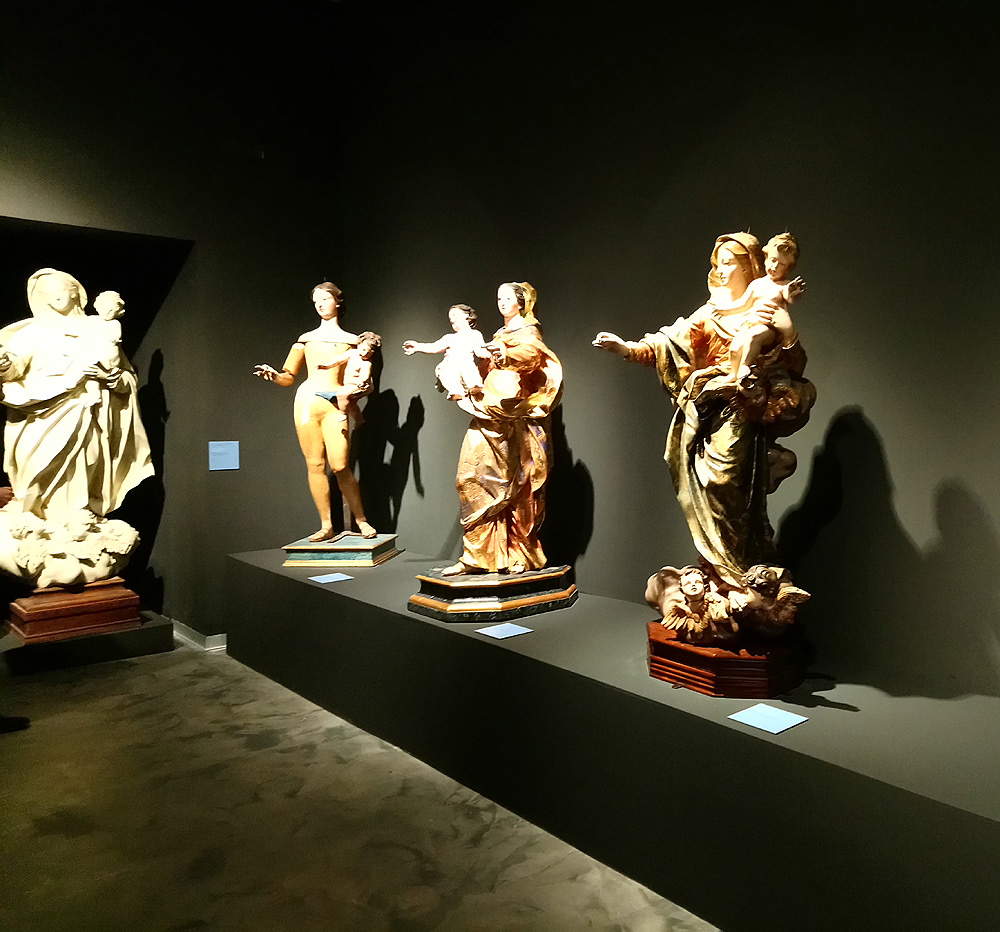 |
| Images from the exhibition Maragliano 1664-1739. The spectacle of wood carving in Genoa |
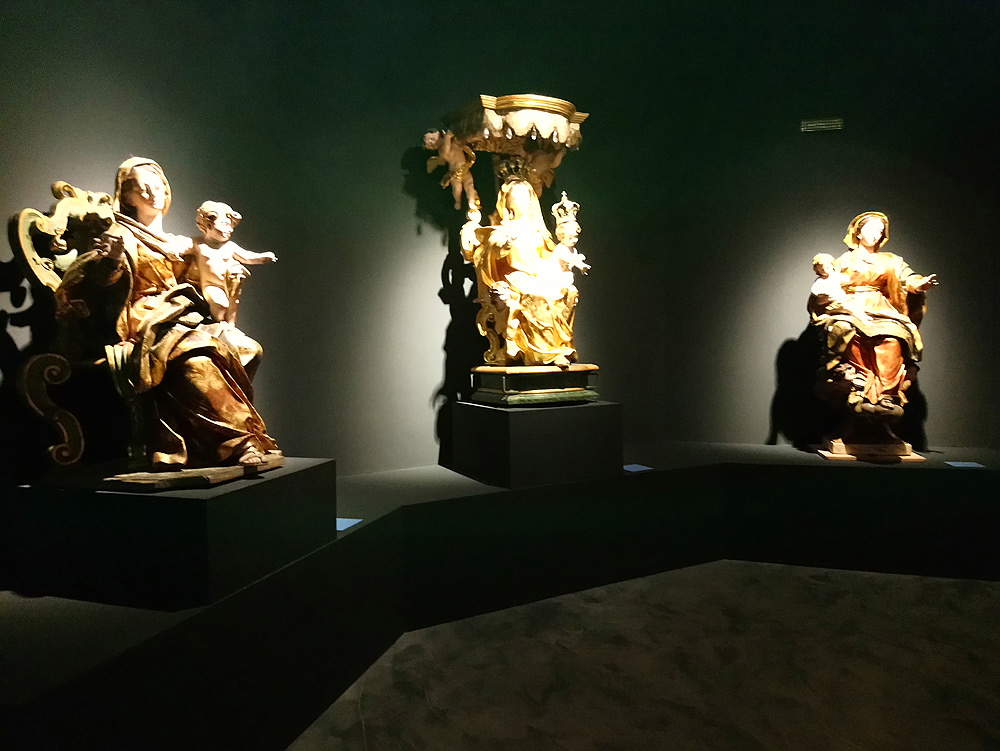 |
| Images from the exhibition Maragliano 1664-1739. The spectacle of wood carving in Genoa |
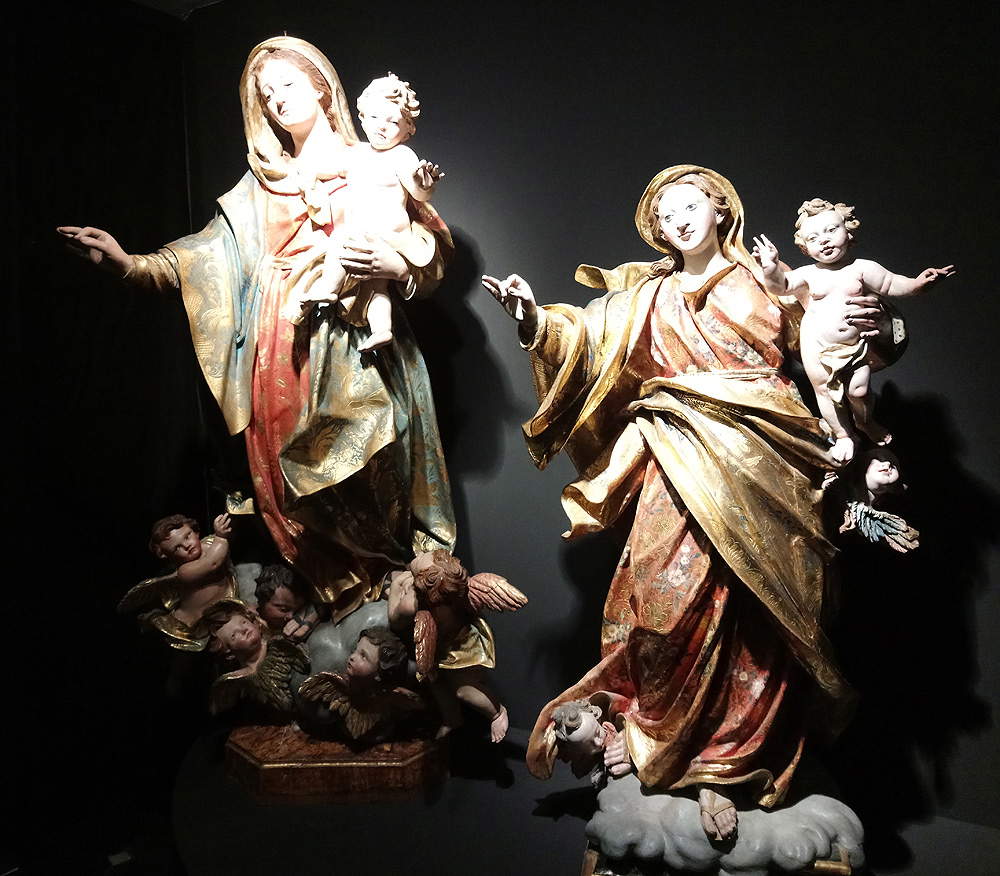 |
| Images from the exhibition Maragliano 1664-1739. The spectacle of wood carving in Genoa |
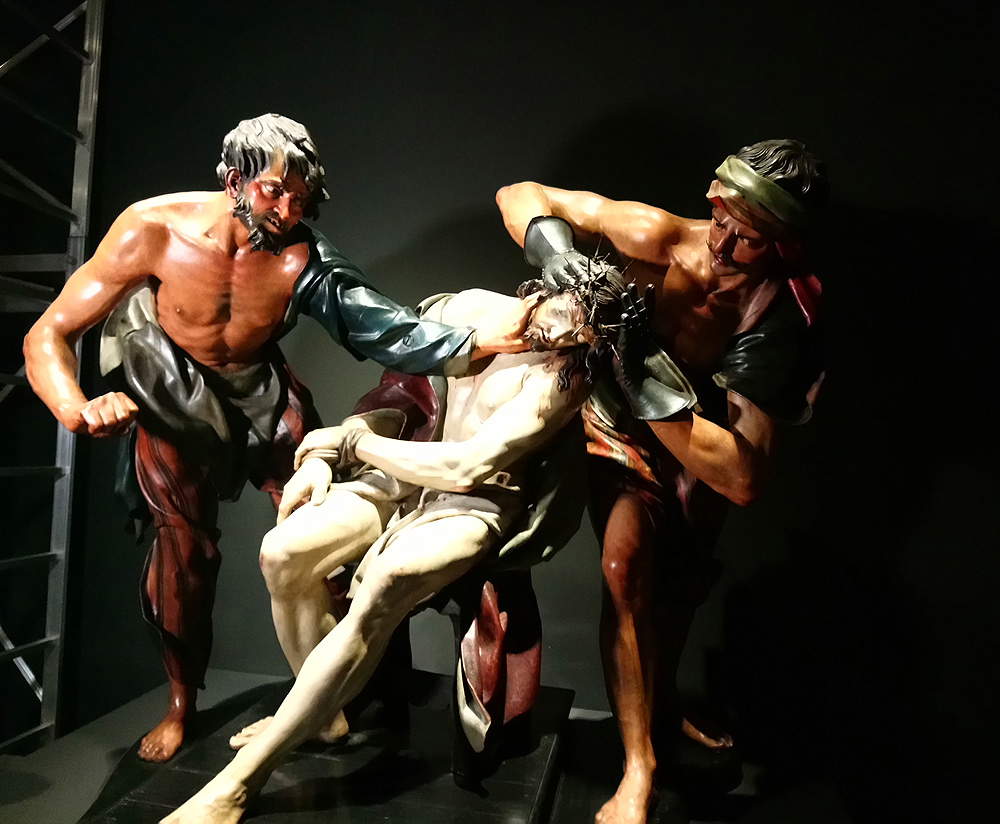 |
| Images from the exhibition Maragliano 1664-1739. The spectacle of wood carving in Genoa |
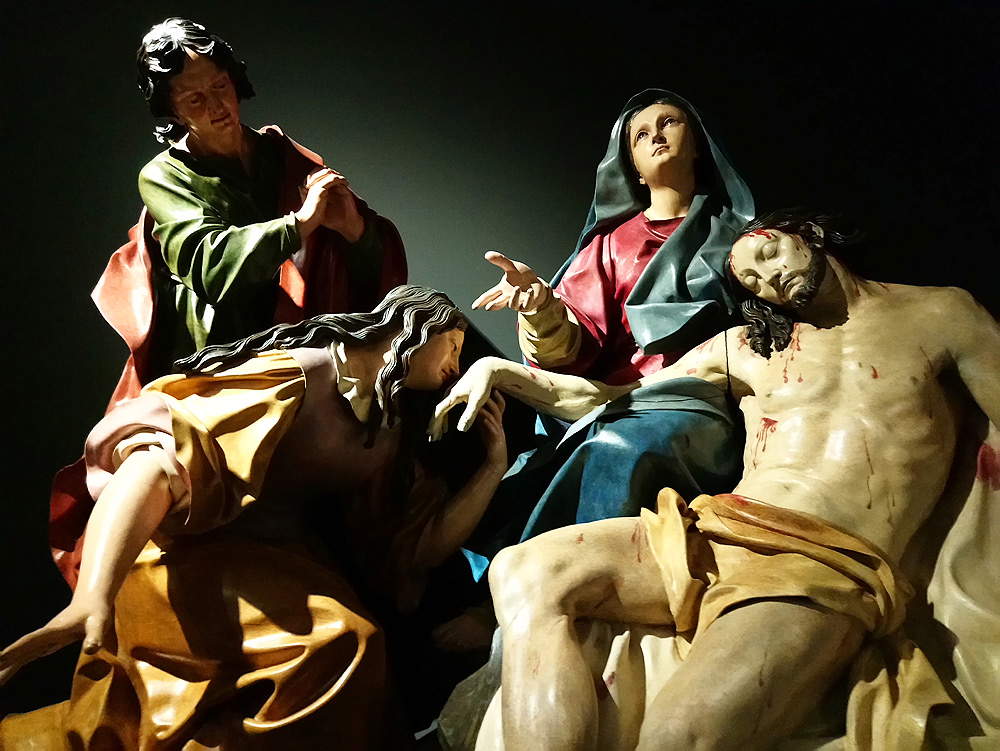 |
| Images from the exhibition Maragliano 1664-1739. The spectacle of wood sculpture in Genoa |
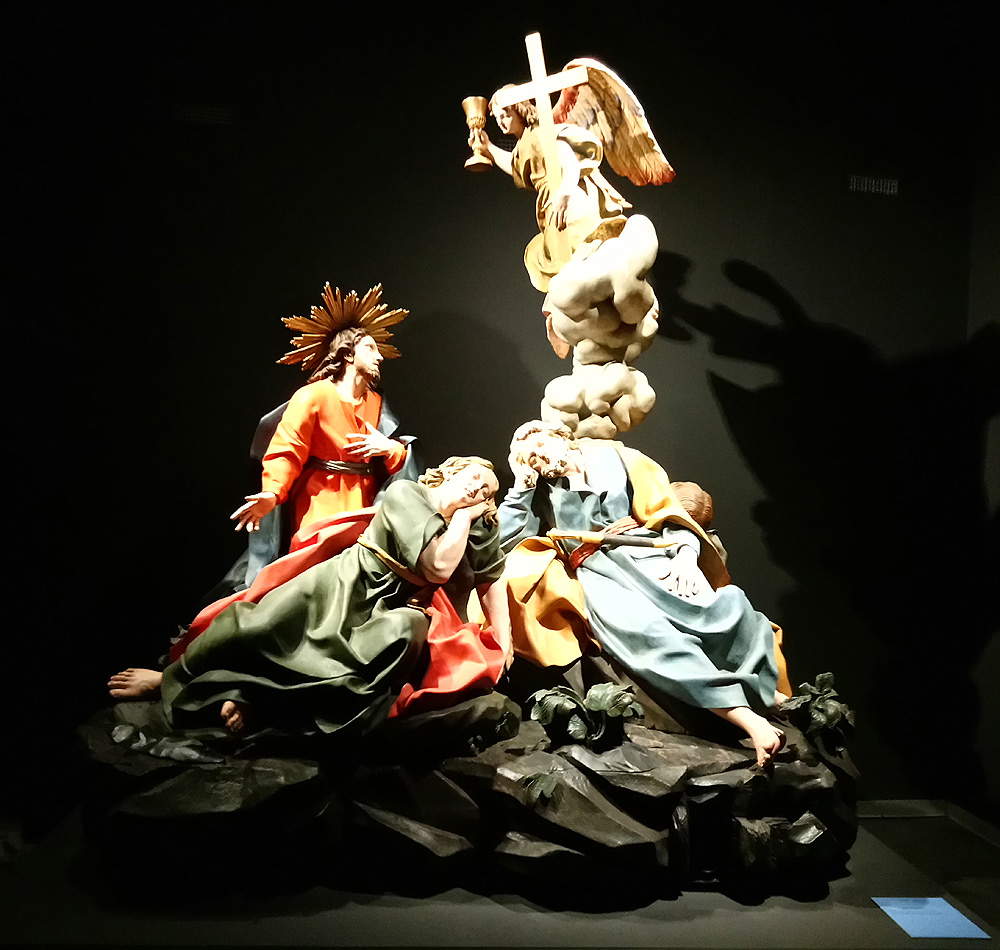 |
| Images from the exhibition Maragliano 1664-1739. The spectacle of wood sculpture in Genoa |
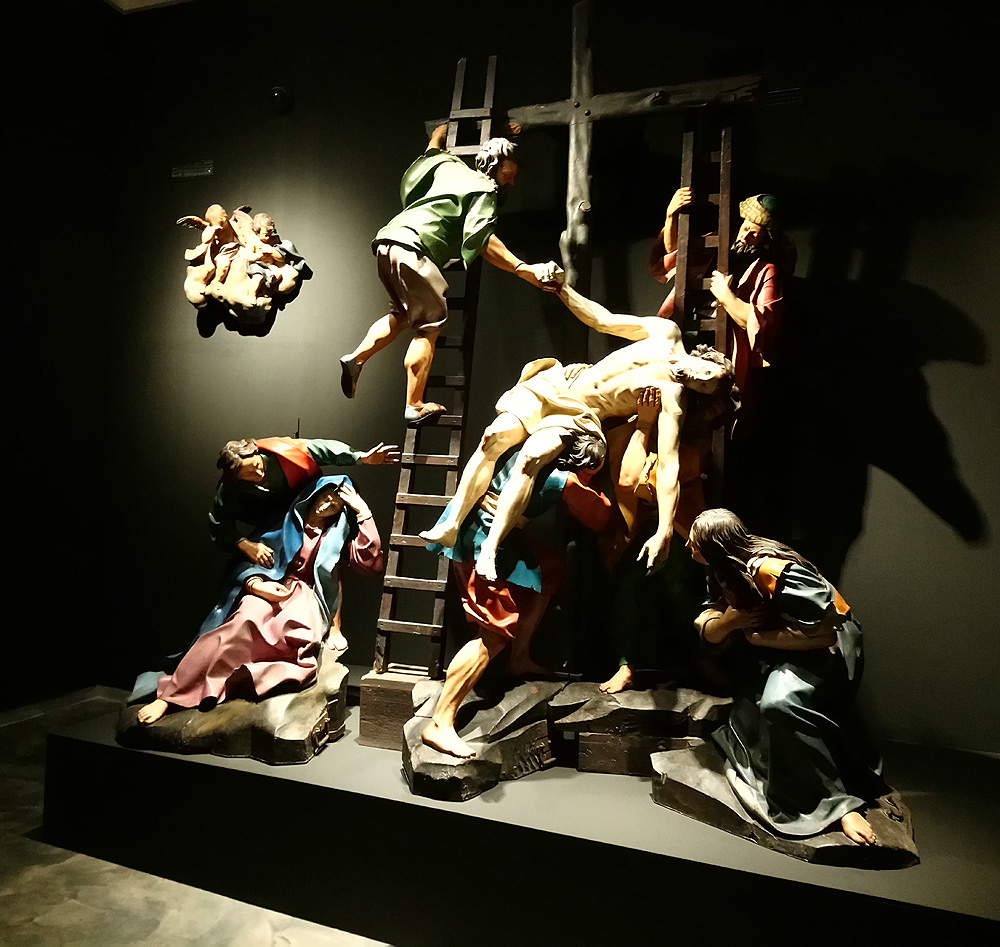 |
| Images from the exhibition Maragliano 1664-1739. The spectacle of wood sculpture in Genoa |
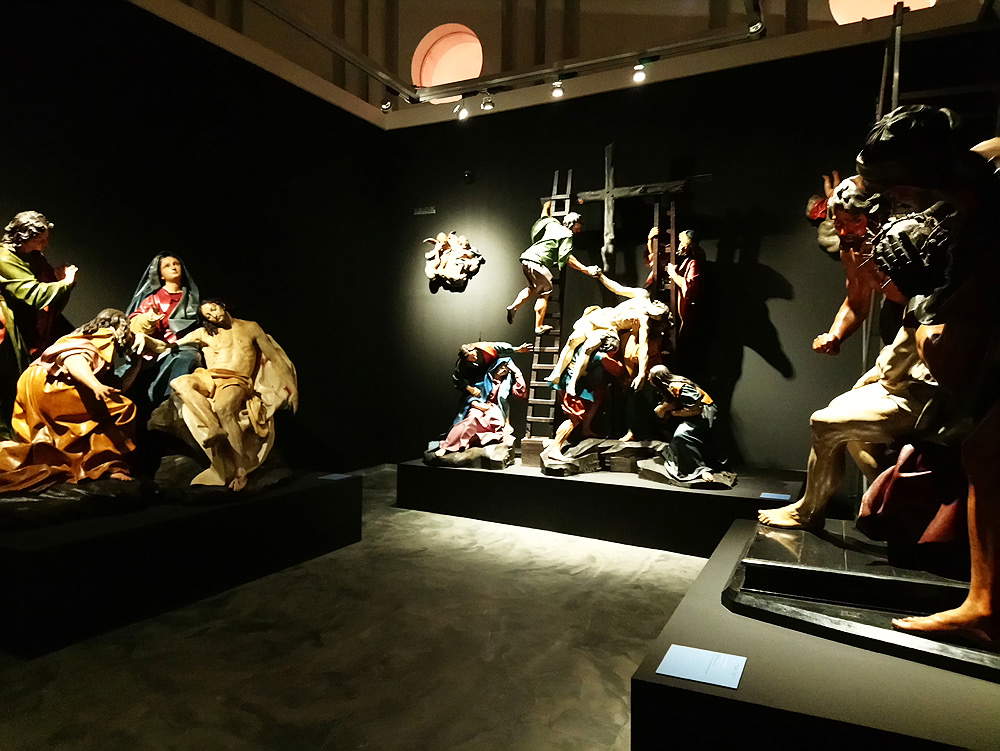 |
| Images from the exhibition Maragliano 1664-1739. The spectacle of wood sculpture in Genoa |
Warning: the translation into English of the original Italian article was created using automatic tools.
We undertake to review all articles, but we do not guarantee the total absence of inaccuracies in the translation due to the program. You can
find the original by clicking on the ITA button. If you find any mistake,please contact us.















































